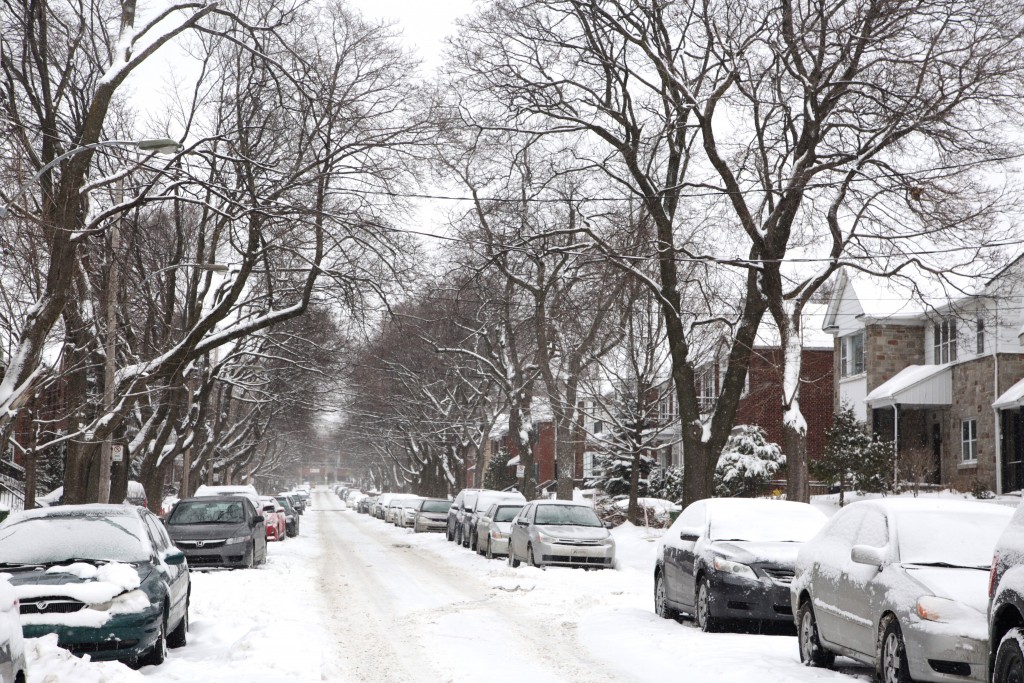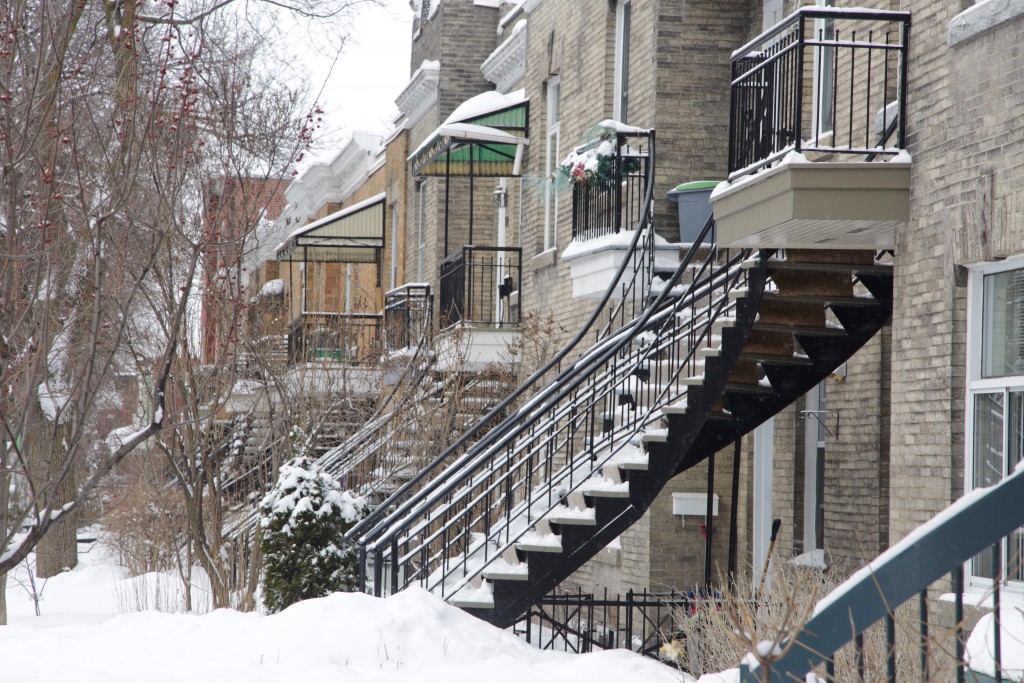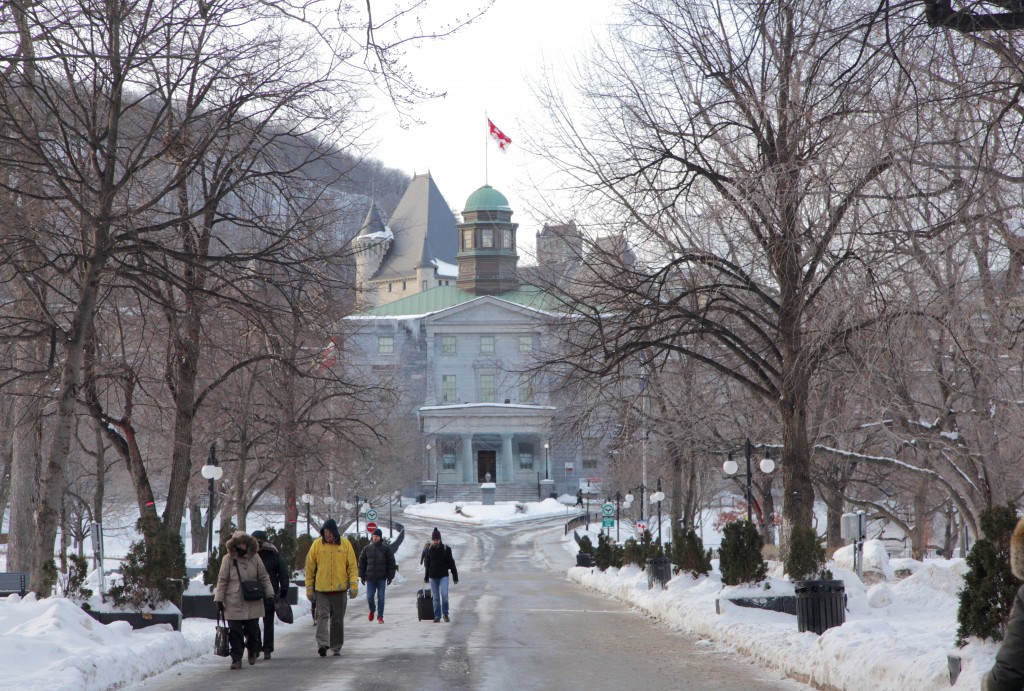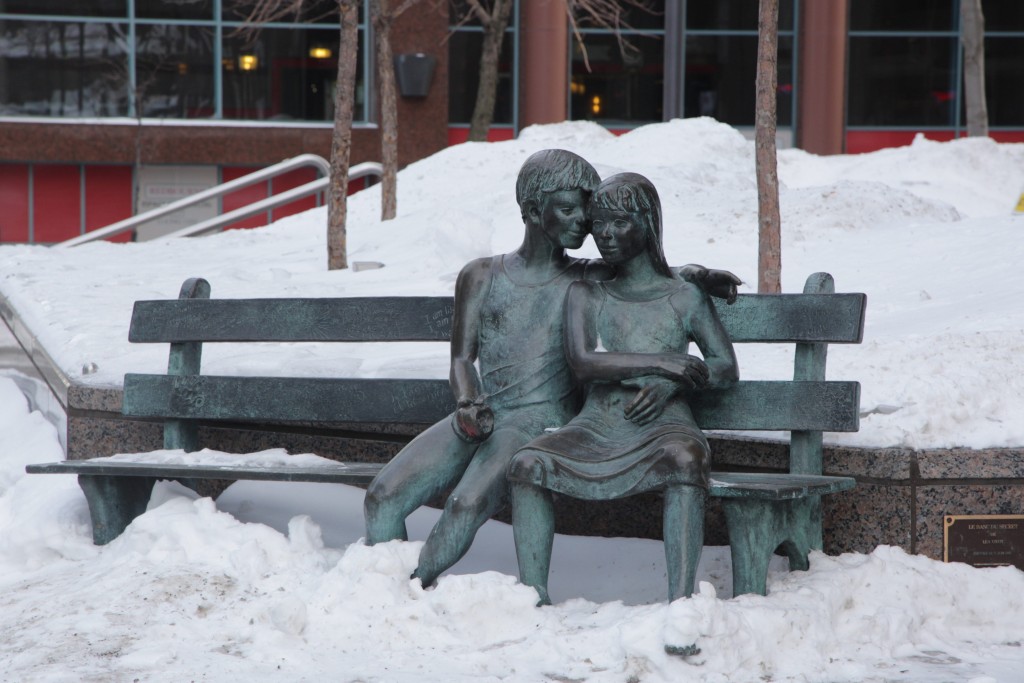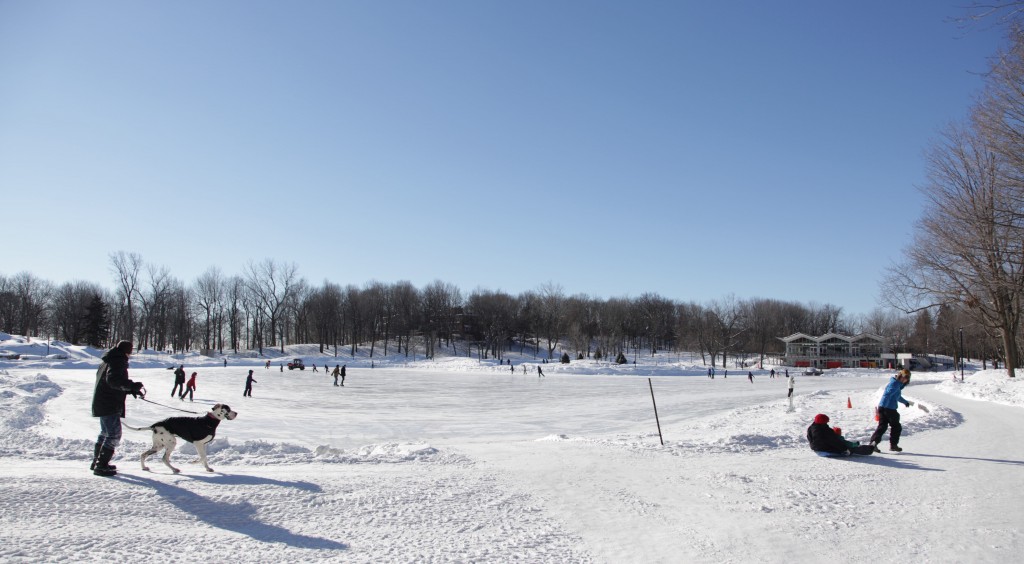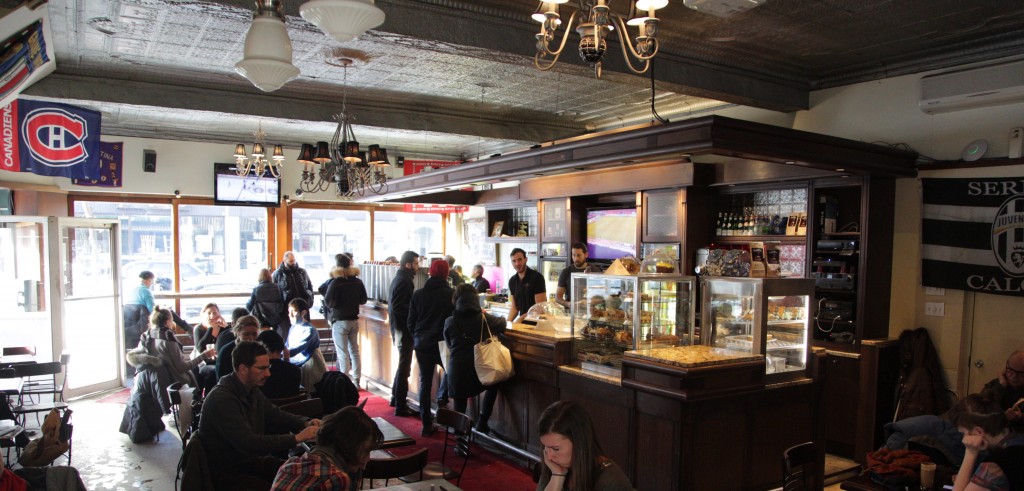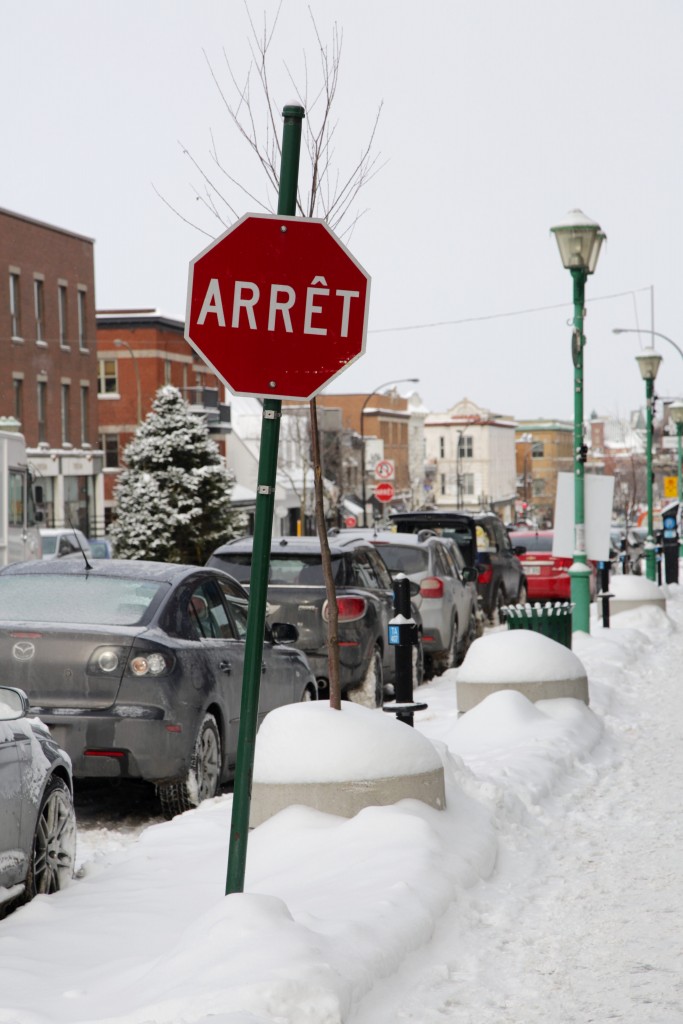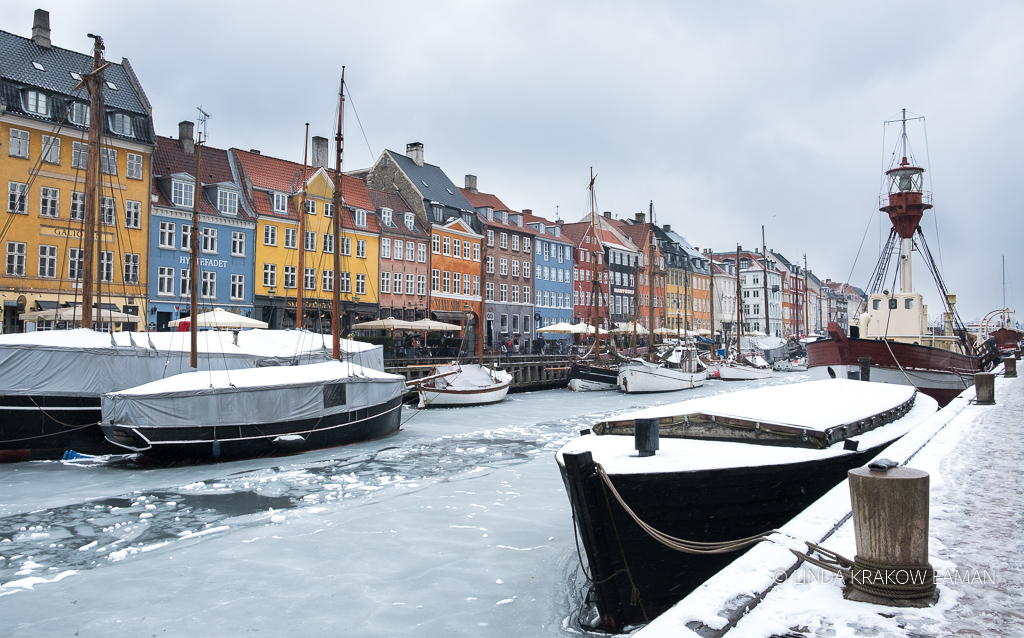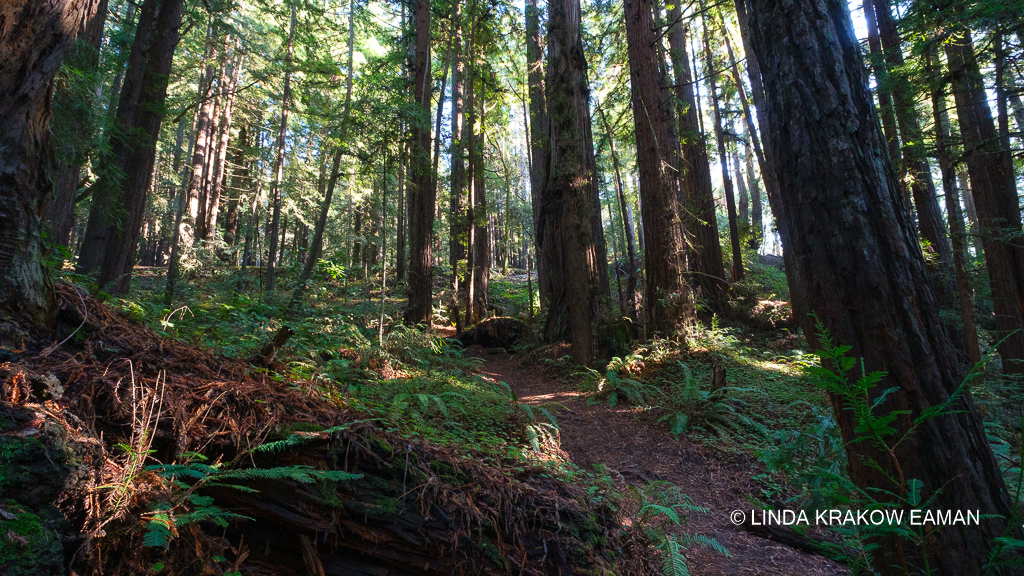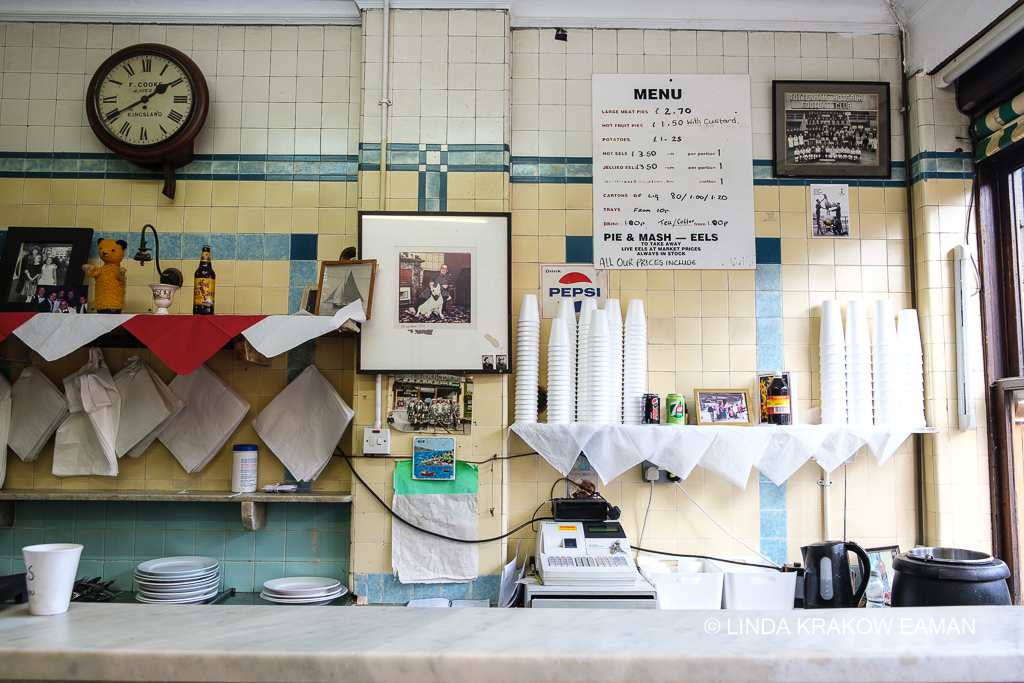Going Home
So many of us live far from where we grew up. In my case, I moved from Montreal, Canada to California more than 15 years ago. After a while, the concept of home becomes somewhat fluid. My new city, where my children grew up, we own a home, and we have built our careers, is home. And Montreal is home too.
When I visit Montreal, I feel that comfort that comes with knowing your way around without a map, that familiarity with day-to-day things like bus routes and the bagel shop. But there’s a case to be made for seeing your home like a tourist, too. It makes you appreciate things that you might otherwise take for granted, and creates a record for you to look back on over the years. So I’ve been trying to photograph some of those places I might otherwise just pass by.
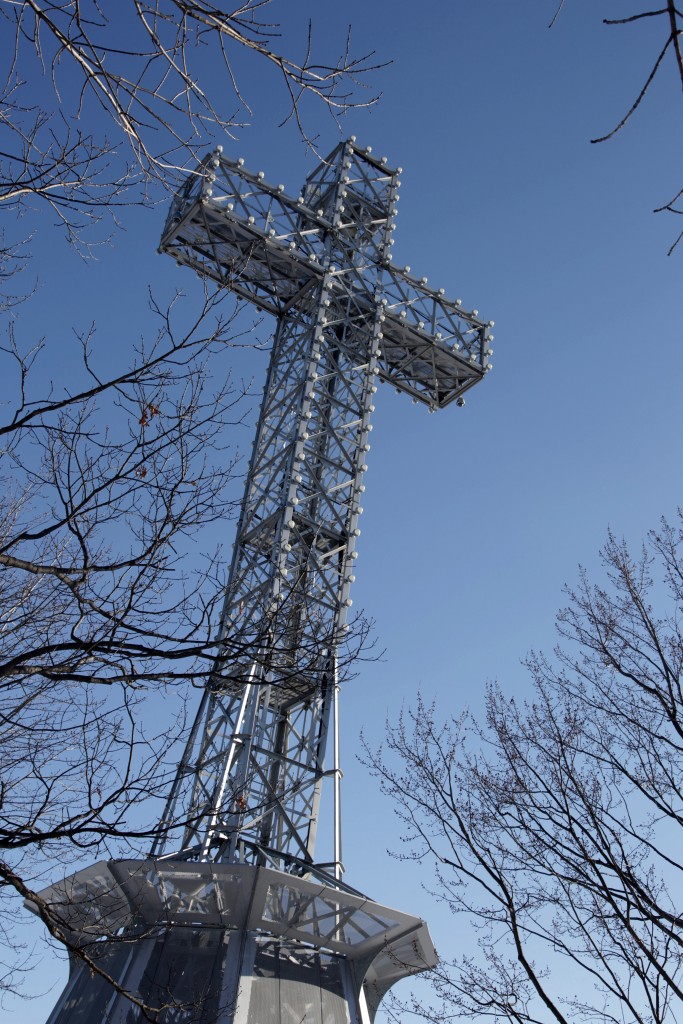
In the middle of Montreal stands a hill known as Mount Royal, named by explorer Jacques Cartier in 1535. Most of “the mountain,” as it is known to Montrealers, is a park designed by Frederick Law Olmsted who also designed New York’s Central Park, although not all aspects of his design were completed. The cross at the top of the mountain, illuminated at night and visible from much of the city, was first erected in 1643 and although it has religious significance it is generally just thought of as a monument, an iconic part of the city,
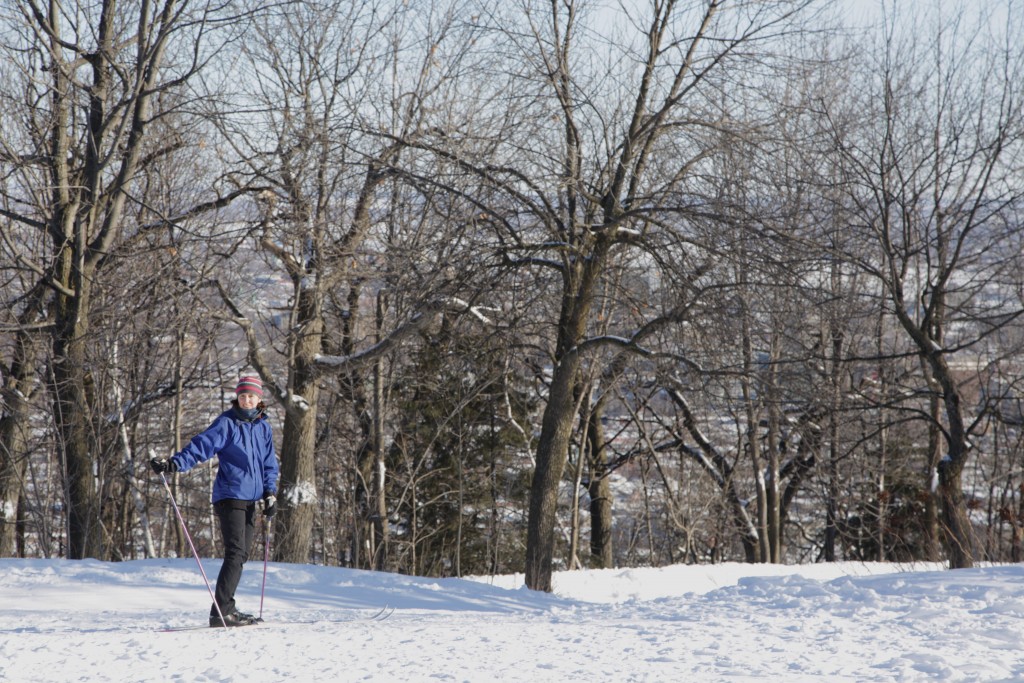
Mount Royal offers outdoor activities all year round. Temperatures well below freezing are not enough to stop the locals from getting outside on a bright sunny day.
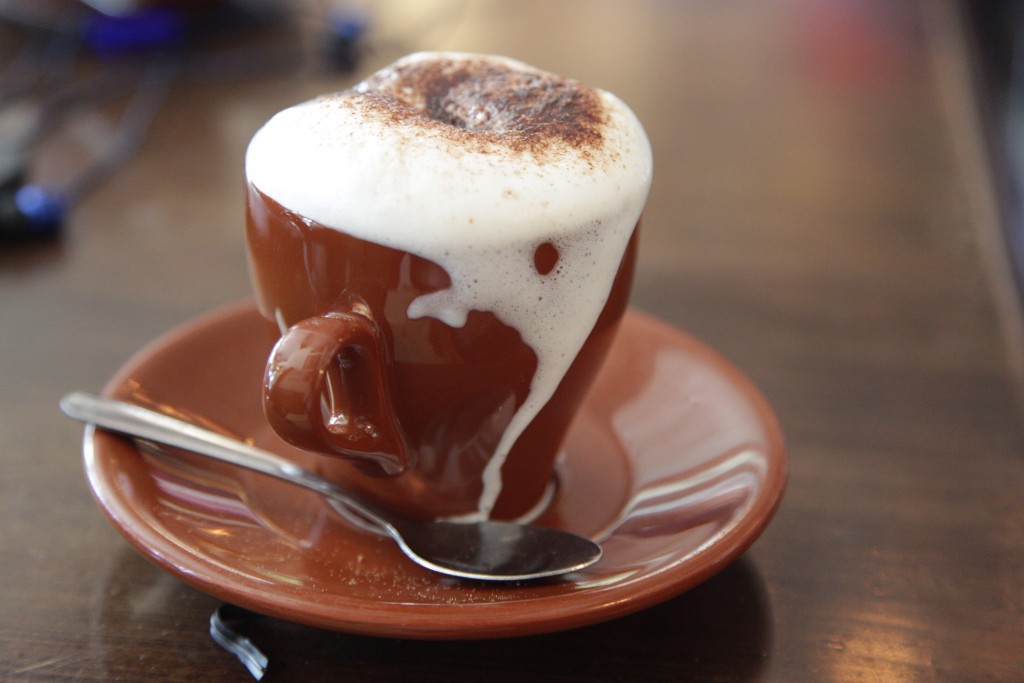
Montreal is famous for its food, whether you’re looking for high end cuisine, “steamie” hot dogs, or anything in between. On this trip I didn’t make it to two of my all-time favorites, Schwartz’s (for smoked meat) and St. Viateur Bagel (for Montreal’s chewy and incredibly delicious bagels, baked in a wood burning oven) but I did enjoy quite a few cappuccinos at Café Olimpico. The perfect antidote to weather that reached -26 Celsius.
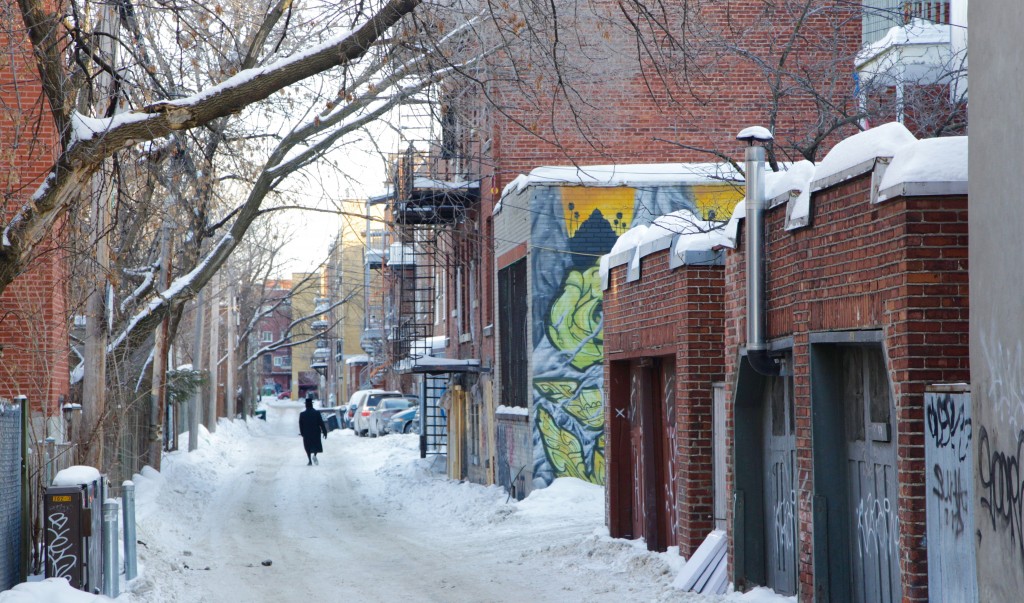
Something you probably won’t see in a guide book are the thousands of what we call “lanes” running behind houses, usually providing access to garages as well as shortcuts between streets and play space for neighborhood children.
Street photography appeals to something deep inside us that wants to see how people live, our everyday moments that the photographer has captured and made permanent. I love looking through the black and white photographs my father took of Montreal in the 1960s–the places are familiar and yet they provide a window into a bygone era. I hope to be able to look back on my photographs with that same sense of nostalgia, and to be able to share them with future generations, as a window into their own history.
